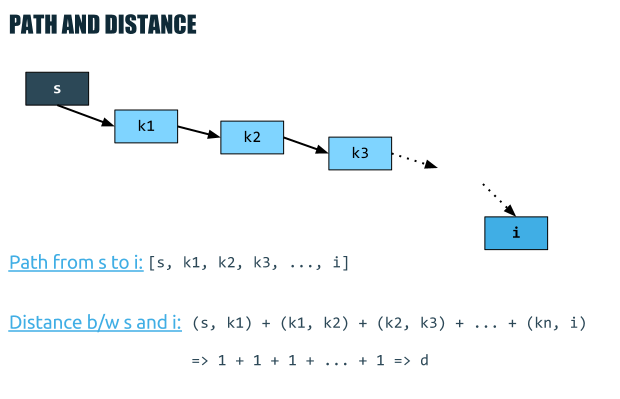Introduction
Since with graphs we can represent real-life problems it’s almost clear why we would need an efficient algorithm that calculates the shortest path between two vertices. Getting back to our example of a road map we can use such an algorithm in order to find the shortest path between two cities. This example, of course, is very basic indeed, but it can give us a clear example of where shortest path can be applied.
In the other hand, we can model an enormous field of real-life problems using graphs – not only road maps. As we already know, whenever we have relations between different abstract objects we can refer an efficient graph algorithm.
OK, so we need a shortest path algorithm, but before we proceed with the exact algorithm first we’ll need to answer some questions and give some definitions.
Overview
First we need a definition of the terms distance and path between two nodes. A path is considered to be the sequence of vertices (or edges if you wish) between two vertices i and j. Of course we assume that there might be no path between any to vertices in the graph! Also we assume that this definition relates both for directed and undirected graphs. After we have the definition of a path we can proceed by defining a “distance”, which is said to be the number of edges in the path between i and j.
